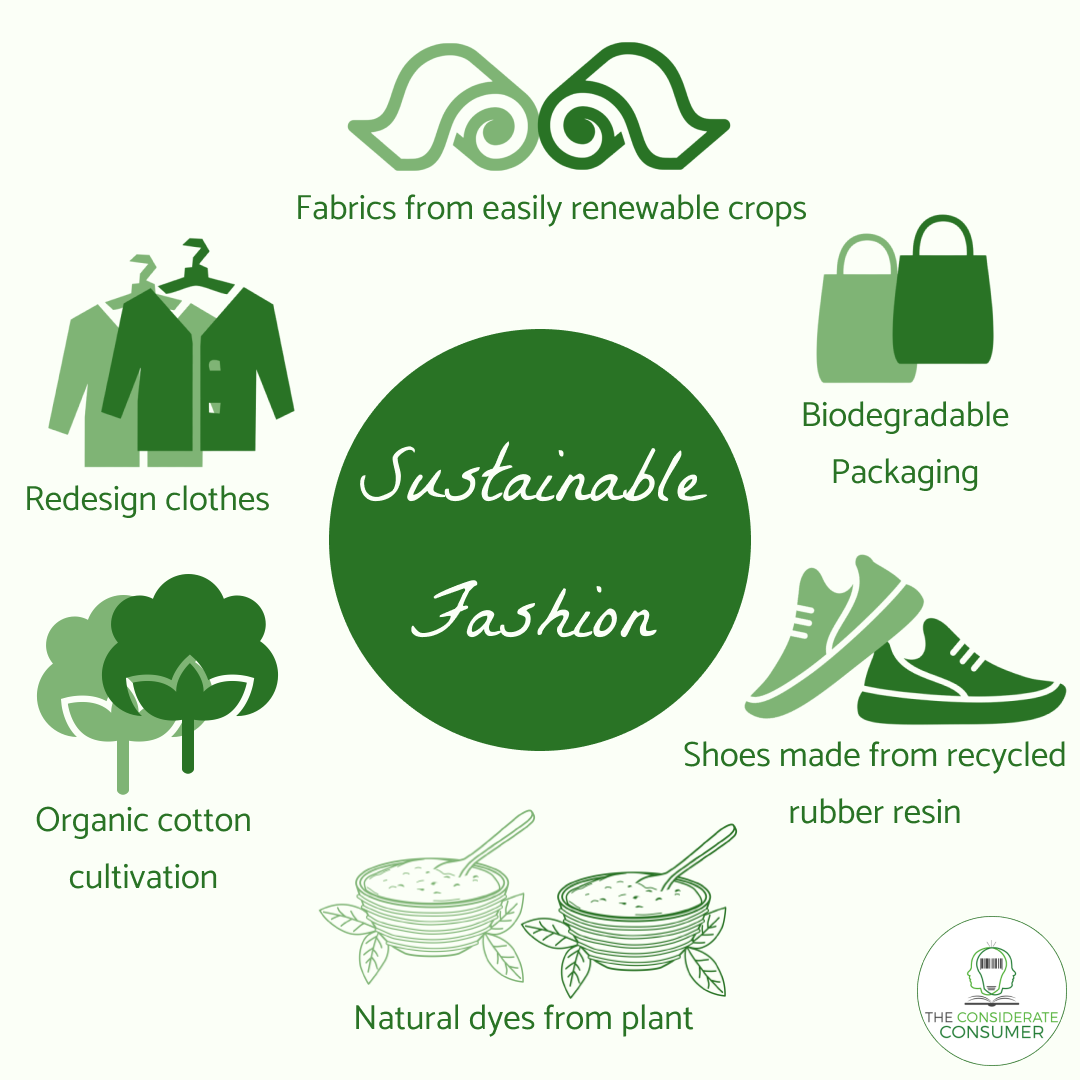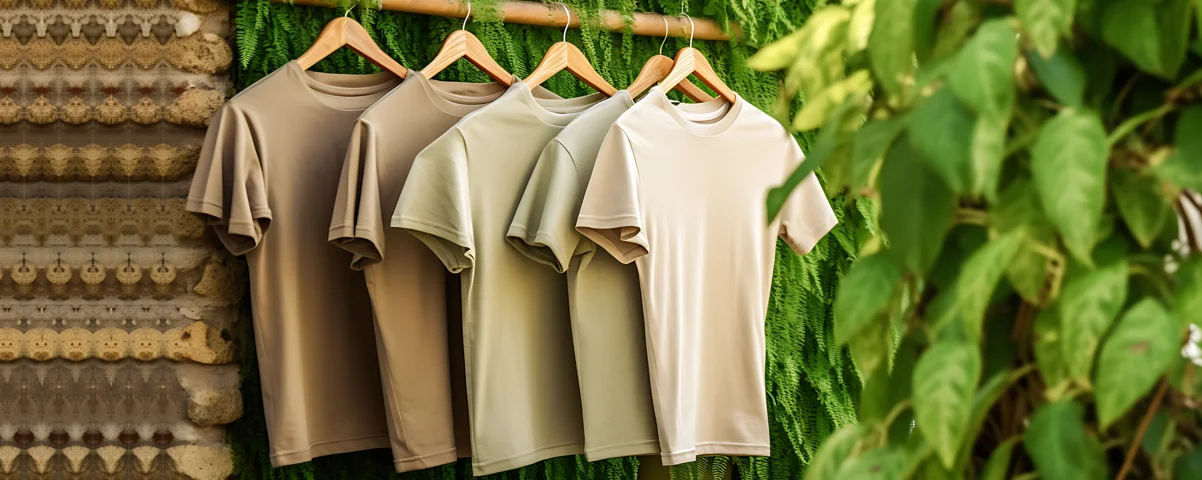The Long Term of Cape Town Sustainable Fashion in the Global Market
The Long Term of Cape Town Sustainable Fashion in the Global Market
Blog Article
Stay Ahead of the Contour by Discovering Innovative Fashion Fads
In a sector as dynamic as fashion, remaining in advance includes even more than simply adhering to present fads-- it demands an expedition of advancement. The convergence of technology and style declares a brand-new era of consumer involvement.

Welcoming Smart Textiles
In the last few years, the apparel industry has actually seen a transformative change with the assimilation of smart textiles, an innovative innovation that blends technology with material. This advancement stands for not only a combination of aesthetic appeals and capability yet also a significant jump towards sustainability and personalization in style. Smart textiles, additionally called e-textiles, installed advanced electronics such as sensors and conductive threads within the textile, allowing garments to interact with the environment or the wearer.
These textiles are made to monitor physical parameters, such as heart rate or body temperature, giving real-time health and wellness analytics. Beyond health applications, wise fabrics are additionally being utilized for adaptive apparel, which can change shade or pattern in feedback to environmental stimulations, thus offering a vibrant fashion experience.
Additionally, the development of energy-harvesting fabrics that produce power from movement or sunshine is leading the way for self-sufficient wearable technology. This technology is interesting ecologically conscious customers and designers aiming to minimize the environmental footprint of style. As r & d in this field advancement, smart textiles are anticipated to become increasingly prevalent, improving the landscape of contemporary fashion with their multifunctional abilities.
The Surge of 3D Printing
Revolutionizing the manufacturing landscape, 3D printing has actually emerged as a game-changer in the garment industry. This advanced modern technology has actually enabled developers to push the limits of creativity, creating complex and customized garments that were previously inconceivable. By leveraging digital style and additive manufacturing, 3D printing assists in the creation of complex geometries and patterns, enabling developers to try out brand-new textures and structures.
A remarkable benefit of 3D printing in vogue is its capacity to produce on-demand, lessening waste and reducing supply needs. This effectiveness not just maximizes production processes but also enables rapid prototyping, enabling developers to bring their visions to life in a shorter duration. In addition, 3D printing supports customization to a level unparalleled by conventional methods, using individualized fits and unique designs customized to individual customer choices.
The increase of 3D printing has likewise equalized style, making it available to emerging designers that can now produce top notch items without considerable monetary investment in conventional manufacturing infrastructure. As innovation remains to advance, the garment industry is positioned to harness the complete capacity of 3D printing, exploring brand-new products and methods that will unquestionably redefine exactly how style is developed and produced.
Lasting Style Innovations
As the garment industry grapples with the pushing requirement for environmental duty, lasting fashion advancements have arised at the center of transformative modification. The growing awareness of eco-friendly influence has sustained a change in the direction of even more eco-conscious methods and products. Brands and developers are now prioritizing sustainability, incorporating methods that reduce waste and minimize carbon impacts.
One significant advancement is the rise of circular fashion, which highlights recycling and upcycling to extend the lifecycle of garments. This technique not just decreases waste but additionally urges customers to embrace a much more mindful strategy to clothing usage. Furthermore, the usage of lasting products, such as organic cotton, hemp, and recycled polyester, has actually gotten grip. These materials require less water and energy throughout production, significantly lessening ecological effect.
An additional development exists in the adoption of innovative dyeing methods that make use of natural dyes or waterless processes, consequently decreasing the huge quantities of water and chemicals traditionally used in textile dyeing. Additionally, developments in biotechnology have led to the creation of lab-grown natural leather and textiles, providing cruelty-free and eco friendly options to standard materials. Via these pioneering efforts, the fashion business is making meaningful strides in the direction of an extra lasting future.

Tech-Integrated Clothing
Tech-integrated garments stands for a groundbreaking combination of style and innovation, reshaping how individuals engage with their clothing. This cutting-edge domain is marked by the addition of smart fabrics and ingrained electronic components, enhancing both functionality and aesthetic appeal. From fitness trackers embedded in sportswear to warmed coats regulated using mobile phone applications, tech-integrated garments supplies consumers unprecedented convenience and article source adaptability.
Introducing brand names are driving this fad, concentrating on developing garments that reply to environmental stimulations or customer commands. As an example, some garments can transform shade or pattern in response to temperature changes, while others include biometric sensing units to check health metrics like heart rate or tension degrees. The seamless assimilation of modern technology right into textiles likewise encompasses environmental sustainability, with initiatives to create self-cleaning fabrics or garments that adjust to climate condition, thus minimizing the requirement for multiple layers.
Additionally, the introduction of wearable innovation is not simply limited to apparel but prolongs to devices like watches and glasses, additional expanding the extent of tech-integrated fashion. As the market proceeds to innovate, the capacity for modification and customization in apparel grows, providing customers one-of-a-kind, tech-enhanced fashion experiences that satisfy their private requirements and preferences.
Future of Virtual Fashion
Over the last few years, the future of digital fashion has become a transformative force within the market, leveraging developments in digital innovation to redefine how style is created, experienced, and consumed. By incorporating increased reality (AR), online fact (VR), and 3D layout tools, designers can currently craft immersive and interactive experiences that transcend traditional fashion borders. Digital style enables the development of garments that exist entirely in electronic settings, offering countless opportunities for advancement without the constraints of physical production.
This digital shift not only provides chances for creative expression but also addresses sustainability concerns integral in standard fashion methods. Cape Town Sustainable Fashion. By removing the demand for physical resources, digital fashion minimizes waste and reduces carbon footprints. Moreover, the rise of virtual style lines up with the raising consumer need for distinct and customized experiences, as virtual garments can be tailored and tailored to private choices easily

Verdict
The fashion industry's future lies in the integration of lasting methods and innovative modern technologies. Virtual style is poised to redefine customer communications.
In current years, the fashion market has experienced a transformative shift with the combination of smart textiles, a cutting-edge innovation that mixes innovation with textile.As the fashion industry grapples with the pushing requirement for environmental responsibility, sustainable style developments have actually emerged at the leading edge of transformative adjustment.In recent years, the future of virtual fashion has actually emerged as a transformative pressure within the industry, leveraging developments in digital technology to redefine just how fashion is created, experienced, and eaten. The rise of online style aligns with the enhancing consumer demand for customized and distinct experiences, as virtual garments you can look here can be tailored and tailored to individual preferences with ease.
The style industry's future lies in the integration of lasting techniques and ingenious innovations.
Report this page